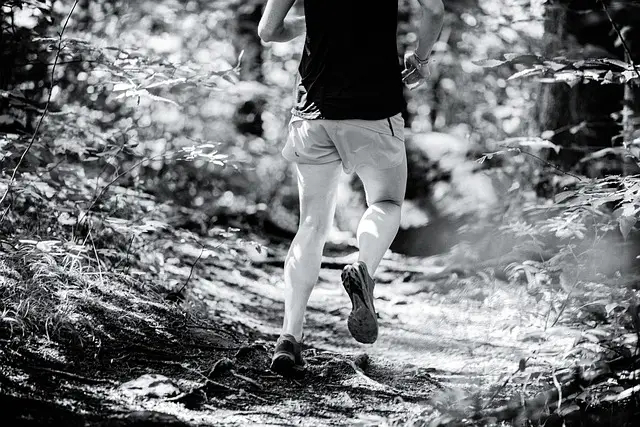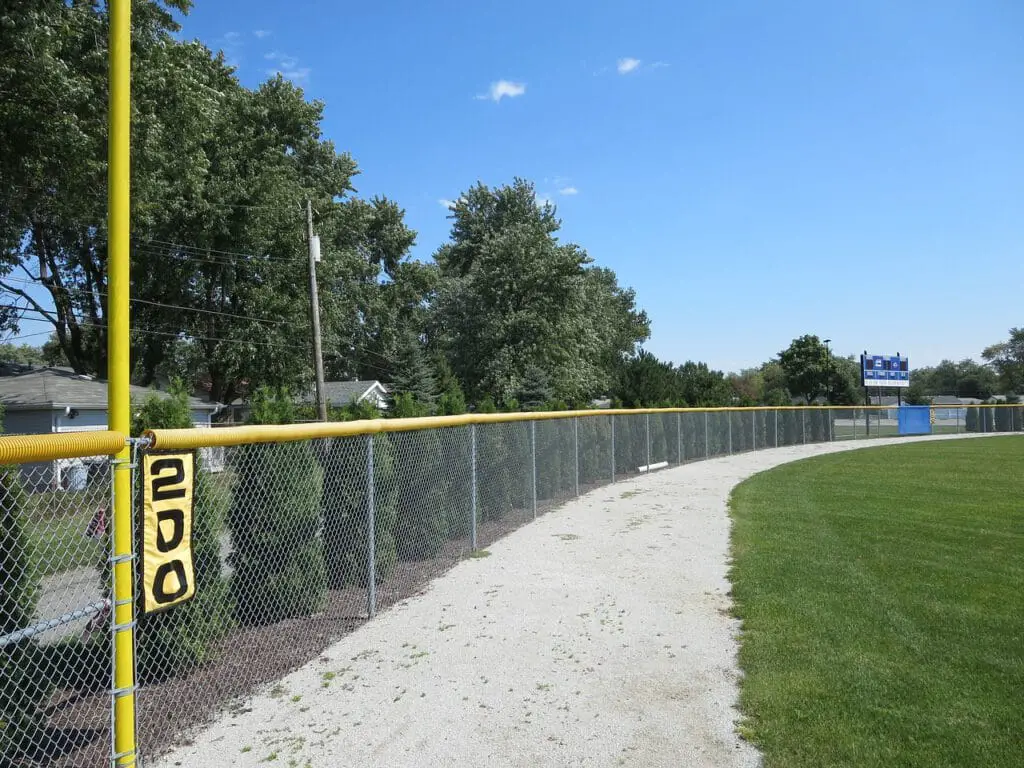Fitness trails, popularly known as outdoor gyms, exercise trails, or parcourses, offer an excellent alternative to traditional indoor gyms. Integrated into parks and other public areas, these trails feature stations equipped with simple, heavy-duty equipment for strength training, stretching, and cardiovascular exercises. They involve the natural environment, providing a refreshing change of scenery for fitness enthusiasts. Let’s delve into the unique world of fitness trail design and its importance in today’s society.

What is Fitness Trail Design?
Fitness trail design is a specific niche of landscape design focusing on creating fitness trails. It involves thoughtful planning and placement of various exercise stations along a trail, which may be situated in a park, beach, or even within a residential community.
Features of a Well-Designed Fitness Trail
So, what makes a fitness trail effective and user-friendly? It’s not just about hurling some exercise equipment along a pathway. It involves careful deliberation on the layout, the number, and type of stations, the trail’s difficulty level, and the targeted users.
A well-designed fitness trail should ideally blend into the natural environment, offering the user a chance to connect with nature. The stations should be spaced evenly along the trail, and there should be clear instructions on how to use the equipment.
Importance of Fitness Trail Design
The design of a fitness trail can significantly impact its usability and effectiveness. When strategically designed, these trails can offer a full-body workout, combine aerobic and anaerobic exercises, and cater to different fitness levels.
Encouraging Active Lifestyles
As public health becomes an increasingly pressing concern, fitness trails provide an accessible and cost-effective solution to promote physical activity and healthy living. They are free to use and often situated within a natural setting, making working out more appealing and enjoyable.
Promoting Community Wellness
Fitness trails foster a sense of community wellness. They create a shared space where people of all ages can exercise, thus promoting intergenerational bonding and community interaction. Moreover, they give residents a sense of ownership and pride in their public spaces.
Considerations for a Successful Fitness Trail Design
Designing a fitness trail that fits the community’s needs and expectations involves several considerations.
Understanding User Needs and Preferences
An effective fitness trail should cater to a wide range of users – from beginners to fitness enthusiasts, young to elderly. Understanding the community’s needs and preferences is crucial to determining the types of exercise equipment and the level of difficulty of the trail.
Integration with the Environment
The fitness trail should harmoniously blend with the surrounding landscape. Using materials and colors that match the natural environment can help achieve this. Additionally, the trail can be designed to offer scenic views.
Safety and Accessibility
Safety should be a priority in fitness trail design. This includes selecting durable, weather-resistant equipment and ensuring the trail is well-lit and easily accessible.
Educational Signage
Installing signage that explains how to use the equipment can help users maximize the benefits of the trail. These can include tips on proper form, warm-up and cool-down exercises, and ways to modify exercises for different fitness levels.
The Future of Fitness Trail Design
As fitness trails continue to gain popularity, designers are constantly coming up with innovative ideas to enhance user experience. This likely involves interactive technologies, adaptable exercise stations, and inclusivity in design to accommodate all individuals regardless of age or physical ability.
No longer just a fad, fitness trails are here to stay. They represent a shift towards embracing active, outdoor lifestyles and fostering community wellness. Collaborative efforts between landscape designers, fitness professionals, and community members are vital in developing fitness trails that truly cater to the community’s needs while harmoniously co-existing with nature.



